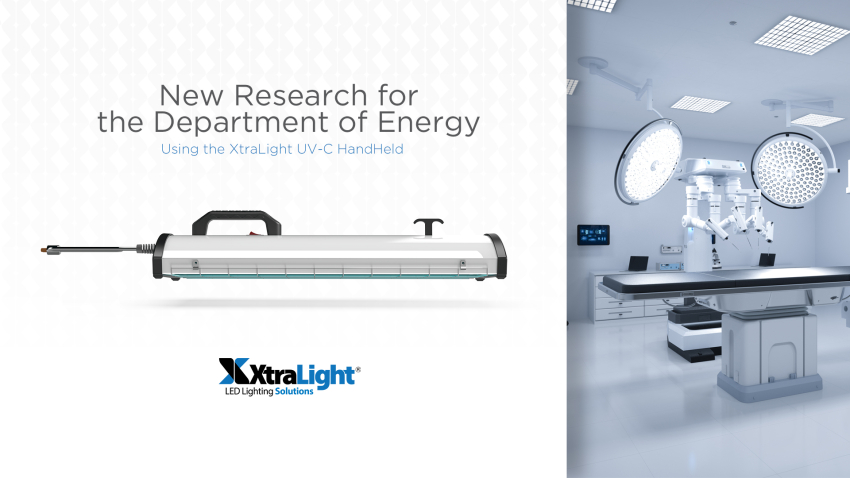
Although limited testing has been done specifically as to effectivity against COVID-19, clinical tests show that properly applied, germicidal UV light can reduce various bacteria and viruses on exposed surfaces. This breakthrough application of germicidal UV is expected to benefit public transportation, education, hospitality, buildings, theaters and arenas, and small businesses alike.ĭimer is an innovator in germicidal UV light surface disinfection technologies to reduce pathogens in healthcare, transportation and shared spaces. This strategic partnership will separately enable Dimer to further commercialize and deploy its germicidal UV technology platform known as UVHammer for healthcare. The arrangement brings Dimer’s 6-year development of GermFalcon, now branded as the Honeywell UV Treatment System, to global aviation. to bring germicidal UV light surface disinfection technology to the Aerospace industry. NRL headquarters is located in Washington, D.C., with major field sites in Stennis Space Center, Mississippi, Key West, Florida, and Monterey, California, and employs approximately 2,500 civilian scientists, engineers and support personnel.Dimer LLC announces that it has entered into an exclusive, worldwide strategic partnership with Honeywell International Inc. NRL is a scientific and engineering command dedicated to research that drives innovative advances for the Navy and Marine Corps from the seafloor to space and in the information domain. NRL’s work will help identify situations where use of UV provides sufficient viral disinfection at a particular energy level and also develop standard operating procedures to ensure safe UV operation for the Fleet.

The NRL UV team is receiving items on a bi-weekly basis to evaluate. Navy researchers continue to evaluate commercial units already being used in hospitals and for other applications for efficacy on Navy-relevant surfaces. “Mercury sources have historically dominated the market.” “LED and plasma-based sources are emerging technologies, and represent the use of wavelengths not traditionally used for germicidal disinfection,” said Huhman.

Since then, the team has tested nine different mercury and xenon-based UV sources with plans to evaluate both LED and plasma-based excimer sources. Testing began in mid-April after NRL received 15 18-watt, hand-held wands from NAVSEA. UVC from the Sun is unable to get to the Earth's surface, as the atmosphere will block it. Each band represents a specific part of the UV spectrum and travels through the atmosphere differently. Ultraviolet (UV) is light with wavelengths between 200 and 400 nanometers (nm). “We have learned a lot about the reliability of commercial sources.” “As the Navy wishes to quickly evaluate the efficacy of these commercial sources before procurement, a small investment was deemed necessary, in order to help the Navy ‘verify before we buy,’” said Joseph Schumer, branch head for NRL’s pulsed power physics group and program manager. The Naval Sea Systems Command (NAVSEA) requested NRL scientists to study and characterize the energy density, UV spectrum, and reliability of commercially available units. There are numerous companies offering products that produce UV light and are designed for a variety of small and large-scale applications. “Scientists at other Navy labs are using NRL data to help them test efficacy against viral loads on Navy and Marine relevant surfaces, such as bare metal tools and painted metal surfaces, and cardboard boxes.” “Testing at NRL includes UV unit longevity and reliability, identifying easy-to-use dosimeters, reflections from shipboard surfaces, and secondary ozone generation from these UV systems,” Huhman said. In a short period of time Brett Huhman, in NRL’s Plasma Physics Division, reconfigured a laboratory space, conferred with subject matter experts across the NRL Materials Science and Component Technology directorate, and borrowed needed equipment to establish a UV characterization laboratory. The Navy is investigating UV–C band (UVC) light as a potential disinfection technique for niche applications against COVID-19 for materiel going onto a ship, for common use areas on a ship, and general room disinfection on ships or shore facilities.

Naval Research Laboratory researchers evaluated commercial ultraviolet (UV) light sources for viral disinfection to combat COVID-19 on land and at sea, and they established a dedicated UV characterization lab in five days to ensure safe introduction and effective operation of UV sources across the Fleet.


 0 kommentar(er)
0 kommentar(er)
